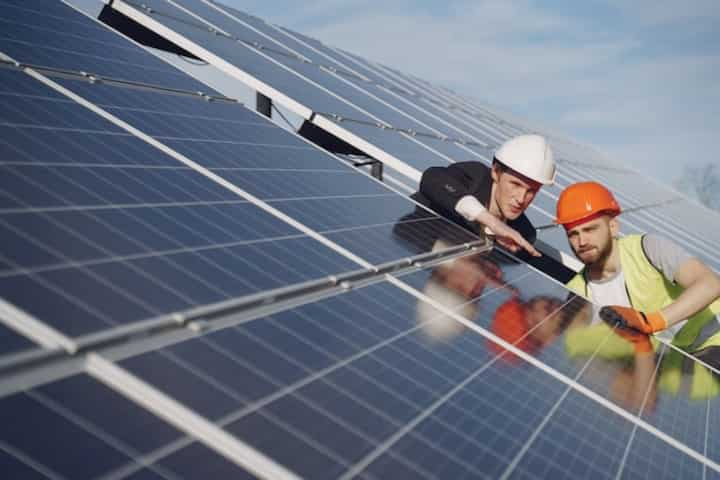
Top Tips for Efficient Solar Panel Installation
Solar panel installation is a significant step towards sustainable energy consumption. As the demand for renewable energy sources continues to rise, understanding how to implement solar power systems efficiently becomes crucial. This article provides essential tips for those considering solar panel installation, ensuring that the process is smooth, efficient, and cost-effective. Whether you're a homeowner or a contractor, these insights will help you maximize the benefits of solar energy.
Understanding Your Energy Needs
Before embarking on a solar installation journey, it's critical to assess your energy requirements. This initial step will guide the entire process, from selecting the right type and number of panels to determining cost-effectiveness.
- Conduct an energy audit to understand your current consumption patterns.
- Identify peak energy usage times to better align your solar system output.
- Consider future energy needs, such as electric vehicle charging or home expansions.
Learn more in this detailed guide about assessing energy needs before installation.
Choosing the Right Solar Panels
Types of Solar Panels
There are various types of solar panels available, each with its advantages and disadvantages. Selecting the right type is essential for efficiency and longevity.
- Monocrystalline Panels: Known for high efficiency and sleek appearance.
- Polycrystalline Panels: Generally more affordable with a slightly lower efficiency.
- Thin-Film Panels: Lightweight and flexible, suitable for unique applications.
Read more about this topic to understand which type suits your needs best.
Site Assessment and Preparation
Proper site assessment ensures that solar panels are installed in the most effective location, maximizing exposure and efficiency.
- Evaluate roof condition and orientation to determine optimal panel placement.
- Check for potential obstructions like trees or buildings that may cause shading.
- Ensure structural integrity to support the weight of the panels.
Find additional information here on site assessment for solar installations.
Installation Process
Hiring Professional Installers
While DIY installations are an option, hiring professional installers is often recommended to ensure safety and compliance with local regulations.
- Verify the credentials and experience of potential installers.
- Request multiple quotes to compare pricing and services.
- Check out customer reviews here for insights on the quality of service.
Installation Day
On the day of installation, several key activities take place to ensure successful setup:
- Mounting brackets are securely attached to the roof structure.
- Solar panels are carefully positioned and connected to the mounting system.
- Electrical wiring is completed, connecting the solar array to the home's power system.
- Inverter installation is finalized to convert solar energy into usable electricity.
Explore further insights here on the professional installation process.
Post-Installation Considerations
After installation, there are several factors to consider to maintain and optimize your solar power system.
- Monitor energy output to ensure the system operates at expected efficiency levels.
- Schedule regular maintenance checks to clean panels and inspect components.
- Stay informed about technological advancements and consider upgrades when beneficial.
Learn more in this detailed guide on maintaining solar panel efficiency post-installation.
By following these tips, you can optimize your solar panel installation process, ensuring it is both effective and efficient. Solar energy not only reduces reliance on fossil fuels but also contributes to significant cost savings over time. For more information and guidance, explore our resources and engage with professionals who can support your journey towards renewable energy.